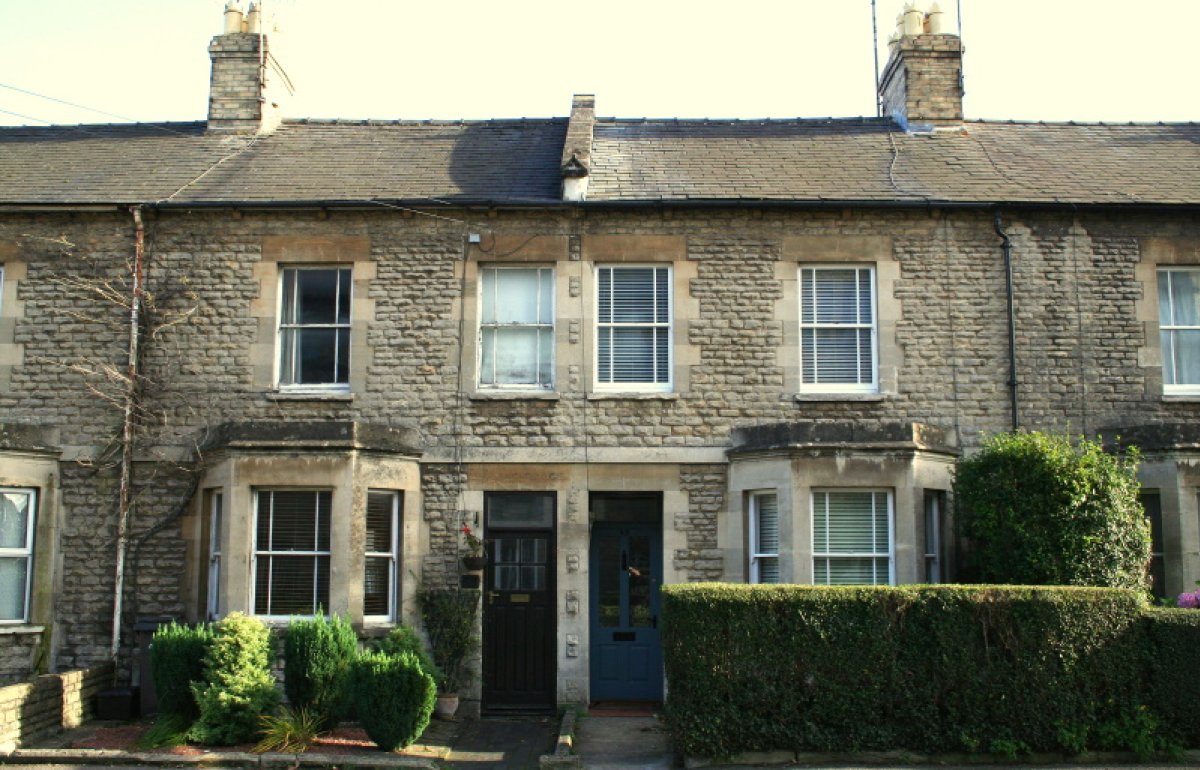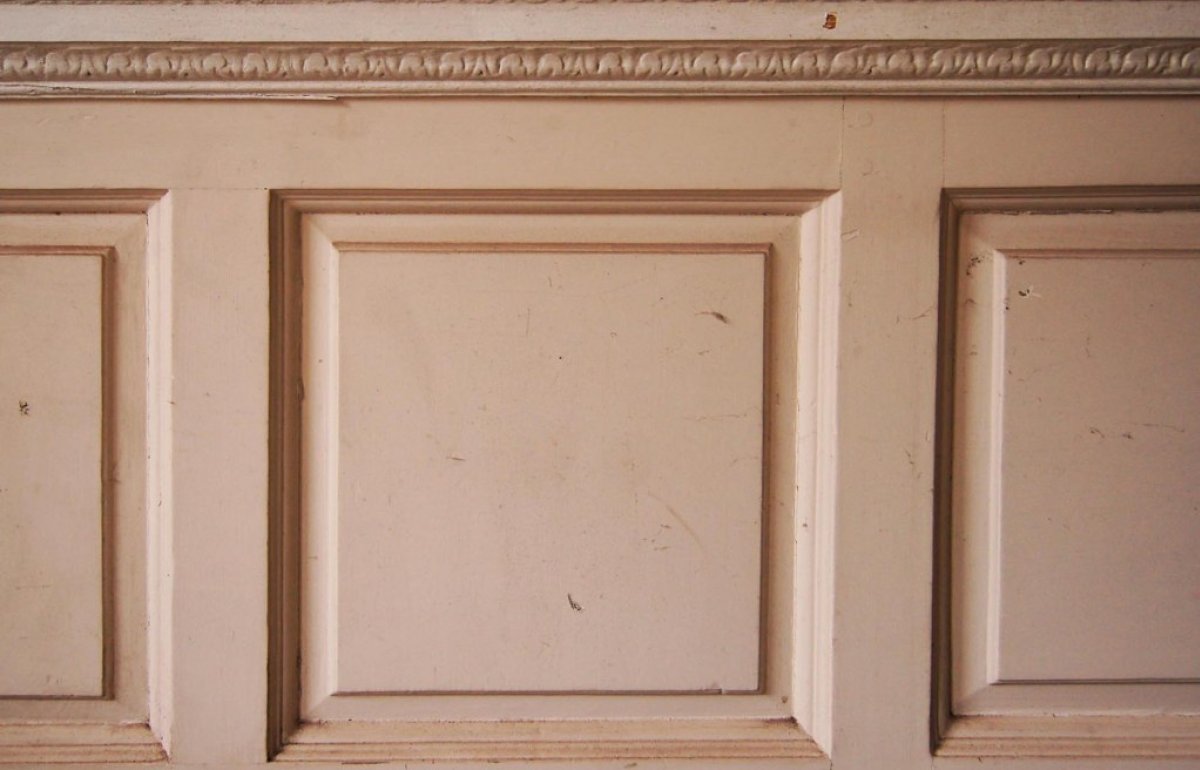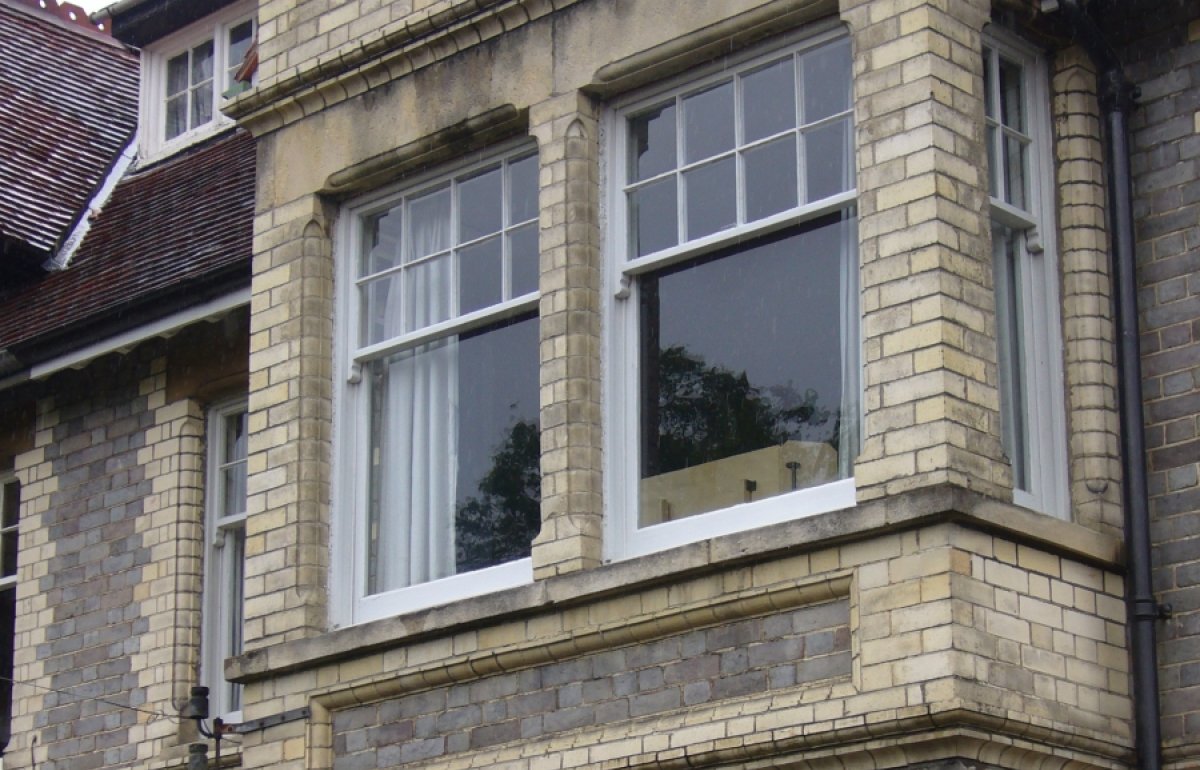Rainwater fittings
This article looks at those humble, often forgotten but all-important links between rain and drain - gutters and downpipes.
What can the consequences of poor rainwater disposal be?
Frequently, those first noticed are internal. Concentrated and prolonged wetting is likely to cause damp patches and plaster mould on walls and ceilings, and the decay of timber skirting boards, panelling etc. Investigation will often reveal rot in concealed timbers, such as roof truss bearings beneath parapet gutters.
Externally, masonry can suffer from algae growth and eroded mortar joints. Render may fail locally, particularly inappropriate cement-based coverings that draw in mortar through hairline cracks. External joinery can be attacked by wet rot where there are leaks above doors and windows. Blocked gullies may lead to a build-up of water and damage to foundations.
Why might my rainwater fittings be causing problems?
Commonly because of poor maintenance. Gutters, downpipes and gullies can become blocked if leaves, moss and debris (for example, broken tiles) are allowed to accumulate. In addition, components may corrode through lack of decoration. Gutters can fracture where bolt fixings rust, and downpipes frequently leak at joints where blockages hasten corrosion.
Poor detailing is a further factor. Over-sized and over-fixed lead linings may suffer fatigue, for instance. Eaves gutters supported by too few brackets can sag. Where maintenance is neglected, bad detailing – such as excessive swan-neck arrangements – may accelerate deterioration.
Rainwater fittings can be broken or distorted by mechanical damage. Lead downpipes are vulnerable to knocks from passers-by at low level and ladders higher up.
What maintenance should I be undertaking with rainwater fittings?
Good maintenance involves regularly clearing out rainwater fittings, particularly after the autumn leaf fall, and checking the system for defects. Periodic redecoration of ironwork is required to inhibit corrosion.
It can be advantageous to fit plastic leaf guards to gutters or wire balloons above downpipes. Leaf guards still admit pine needles and are sometimes easily dislodged, and material left to gather around wire balloons may cause blockages. Where visually acceptable, overflow pipes can be introduced above hopper heads.
Snow should be cleared from parapet and valley gutters with wooden or plastic shovels to prevent moisture seeping through joints. Alternatively, duckboards or electric heating tapes can be provided to keep gutters clear of snow.
Fittings are best checked for leaks in heavy rain. Proprietary adhesive tape is available for temporary repairs. Where poor access hinders maintenance, additional hatches or fixed ladders might be considered.
How should I go about redecorating rainwater fittings?
Paint selection will depend, among other considerations, on site exposure and the historic interest of the building or surviving early finishes. Cast iron rainwater fittings at the SPAB’s Grade II–listed headquarters have been redecorated with a solvent-based system. An epoxy phosphate primer and acrylic urethane gloss finish were specified.
Surface preparation is important, and unsound old paint and rust should be removed. Any defective gutter joints should also be resealed. Care should be taken to ensure the backs of downpipes are redecorated, particularly if of the rectangular type. It may be beneficial to fit spacers or holderbats if access is limited.
Is the repair of old rainwater fittings preferable to their replacement?
Absolutely, where feasible, to retain the maximum historic fabric. Lead, wrought iron and sometimes cast iron can be repaired with various welding techniques. Soldered dots or patches may be used for copper. Remember fire safety, though, when undertaking work of this kind.
Replacement, where unavoidable, should normally be on a like-for-like basis. Inappropriate substitute materials can erode the character of a building (for example, using PVCu instead of cast iron) or lead to premature failure (as with certain combinations of dissimilar metals).
Some changes may be justified. Substituting cast iron with painted cast aluminium might be acceptable where access for redecoration is exceptionally awkward. Such work may require listed building consent.
Should gutters and downpipes be provided where none exist?
This depends upon the circumstances. Where maintenance is likely to be neglected, existing rainwater disposal arrangements are satisfactory or new gutters and downpipes would be hard to install unobtrusively, it may be better not to provide a new system.
Where a rainwater system is added, it should be uncomplicated. Downpipes should be sited away from wall paintings. Again, such work may require Listed Building Consent.
English Heritage (2014) Building Environment, Practical Building Conservation, Farnham: Ashgate Publishing Ltd
Society for the Protection of Ancient Buildings (2017) Control of Dampness, SPAB Technical Advice Note, 1st edition, London: SPAB
Society for the Protection of Ancient Buildings (2017) Decorative Leadwork, SPAB Technical Advice Note, 2nd edition, London: SPAB



